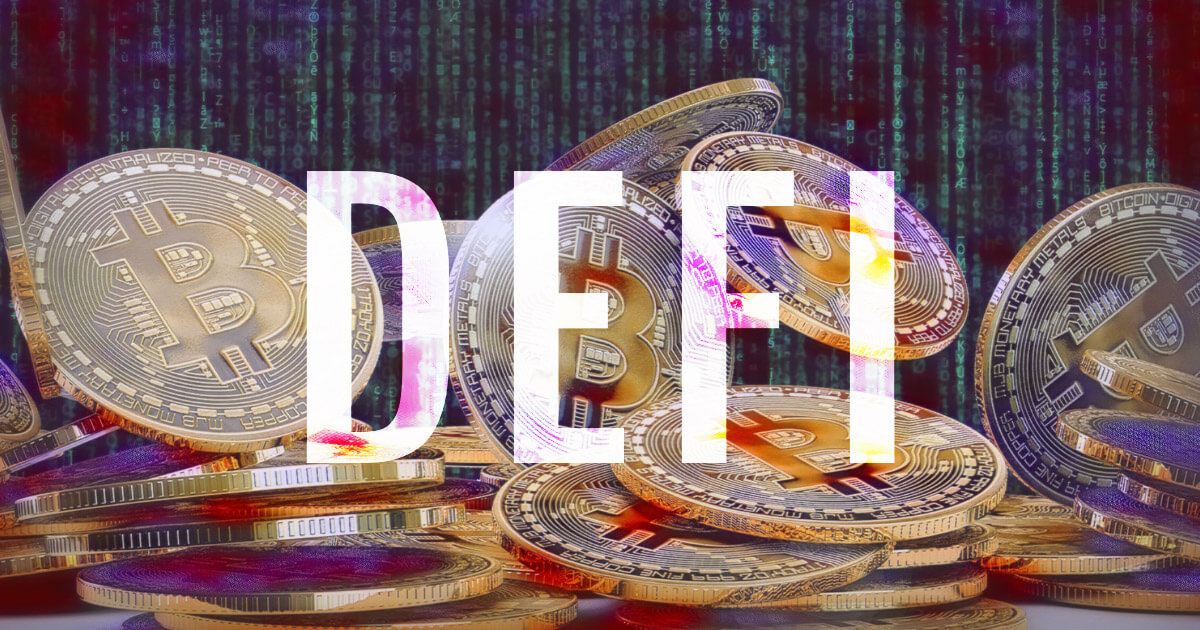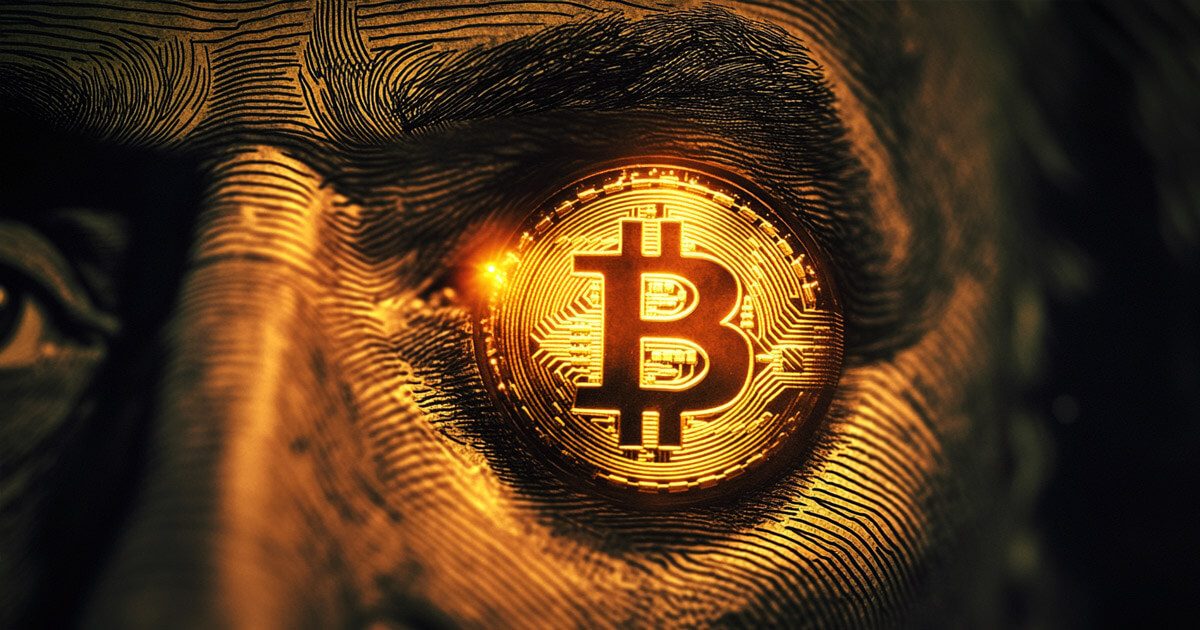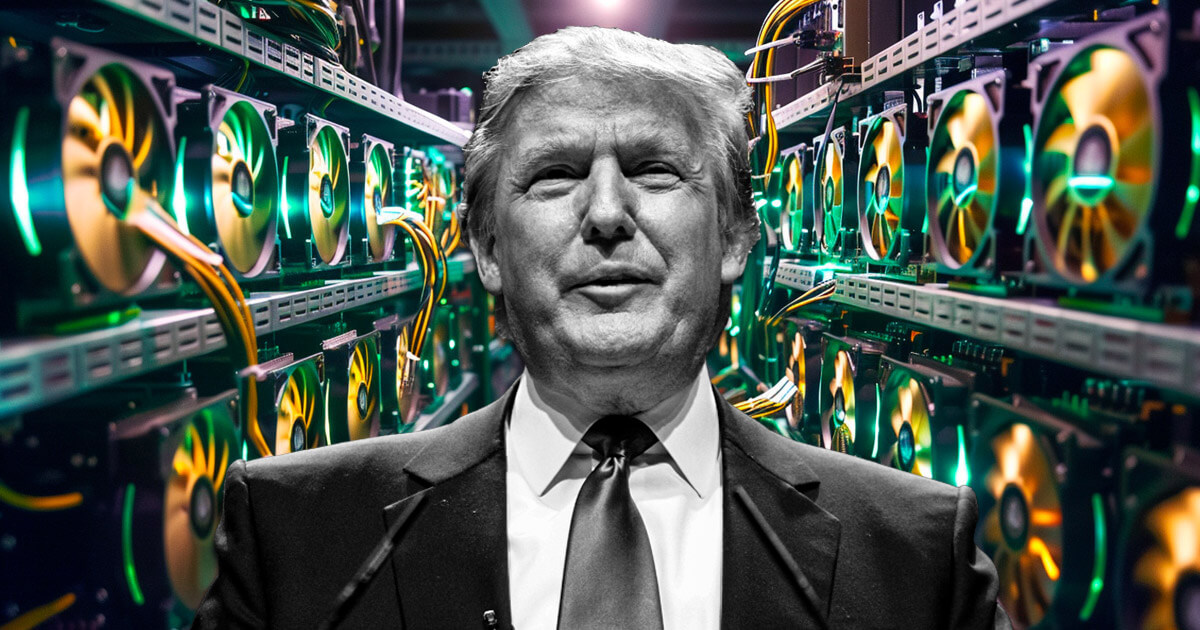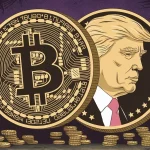In the rapidly evolving landscape of finance, the once turbulent relationship between decentralized finance (DeFi) and traditional finance (TradFi) is finding common ground. Despite their fundamental differences, a collaborative infrastructure emerges as the only path forward for a symbiotic relationship that benefits both realms.
The initial friction between DeFi and TradFi, marked by skepticism and competition, is giving way to mutual recognition of potential benefits. TradFi has begun to appreciate the operational efficiencies, innovative financial products, and services enabled by blockchain technology. Conversely, the DeFi sector recognizes the invaluable assets TradFi offers: a robust infrastructure, extensive resources, and a vast customer base crucial for DeFi’s expansion.
However, significant technological, ideological, and operational divides persist, threatening to stifle potential collaborations. With Bitcoin only just celebrating its sixteenth anniversary, the cryptocurrency movement is still in its infancy compared to the centuries-old institution of mainstream banking. Without a concerted effort towards cooperation and coexistence, these differences could undermine the global economic order.
The responsibility largely falls on the crypto movement to bridge this gap, accommodating the slower pace of change inherent to TradFi, the longstanding economic gatekeeper. The current state of affairs, where basic financial instruments like debit cards remain disconnected from DeFi protocols and tokenized assets, underscores the urgent need for interoperability. Such infrastructure would enable seamless integration of TradFi systems with blockchain applications, fostering institutional engagement with DeFi and easing new users into the crypto ecosystem.
To attract banks and traditional financial institutions, DeFi protocols are increasingly aligning with KYC and AML regulations. Yet, further efforts in auditing and security, bolstered by automated monitoring tools, are necessary to build TradFi’s confidence in DeFi.
While the burden of developing joint infrastructure solutions primarily lies with TradFi, DeFi must also contribute, offering expertise in risk management, custody, and liquidity provisioning. Projects like Vixichain exemplify this collaborative spirit, inviting financial institutions to participate as validators on a compliant blockchain. By leveraging NFT technology for traceability and backing its stablecoin with fiat reserves, Vixichain aims to create a secure and integrated environment conducive to TradFi and DeFi interaction.
As Bitcoin’s value breaks new records, the promise of a unified financial system that caters to the needs of billions becomes more tangible. Achieving this vision requires leveraging DeFi’s innovation alongside TradFi’s established infrastructure, paving the way for a new era of financial efficiency and inclusivity.



















